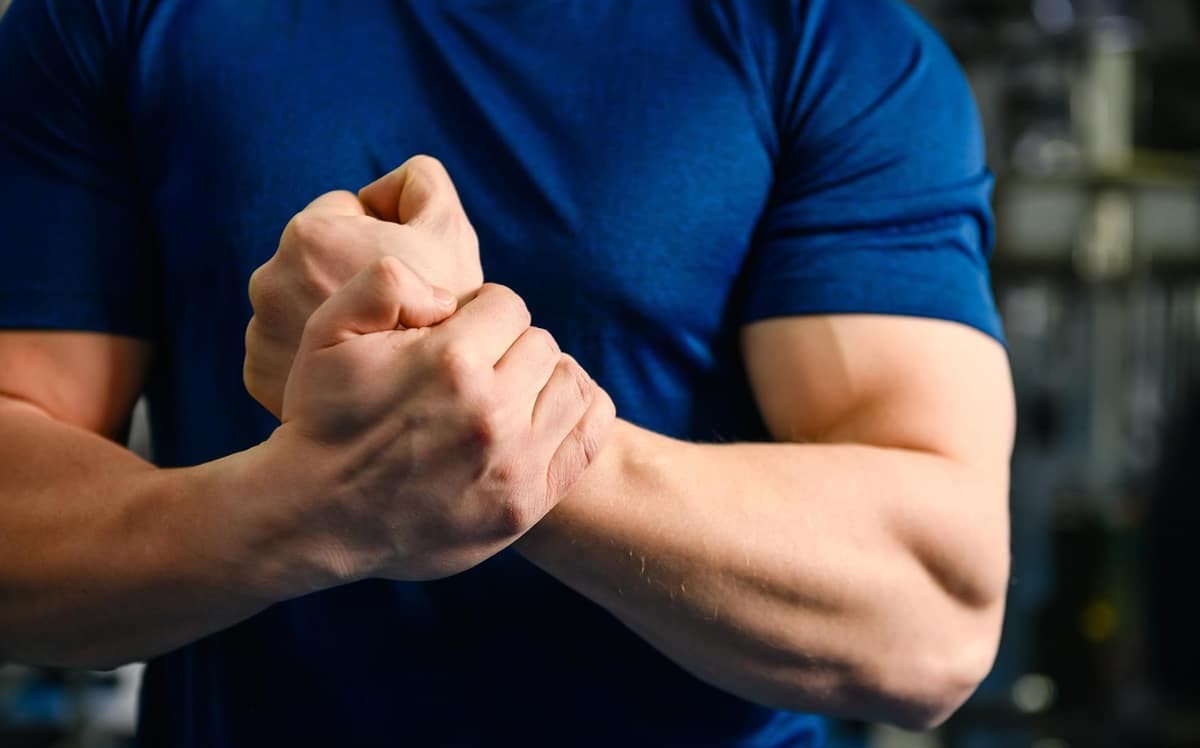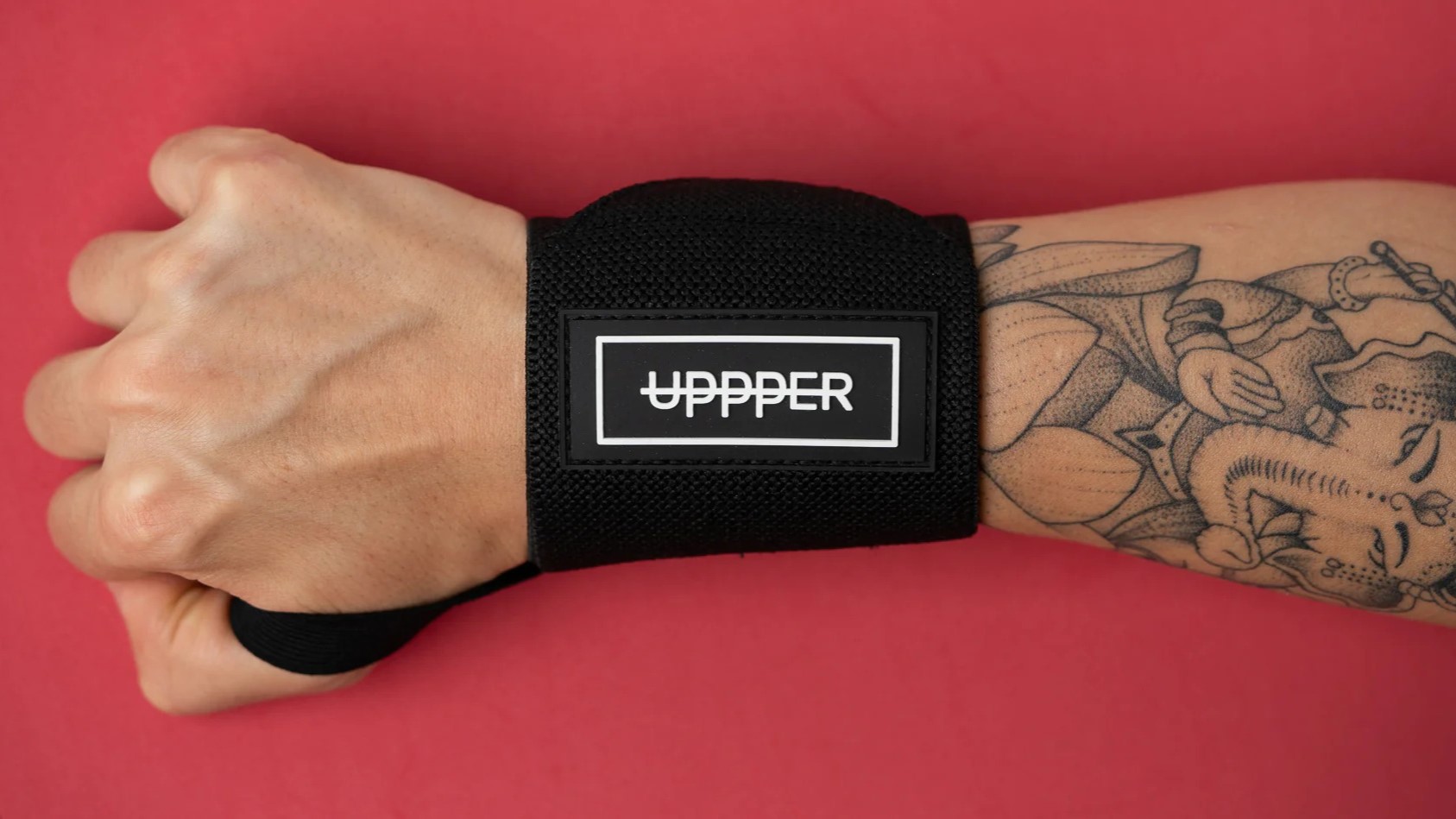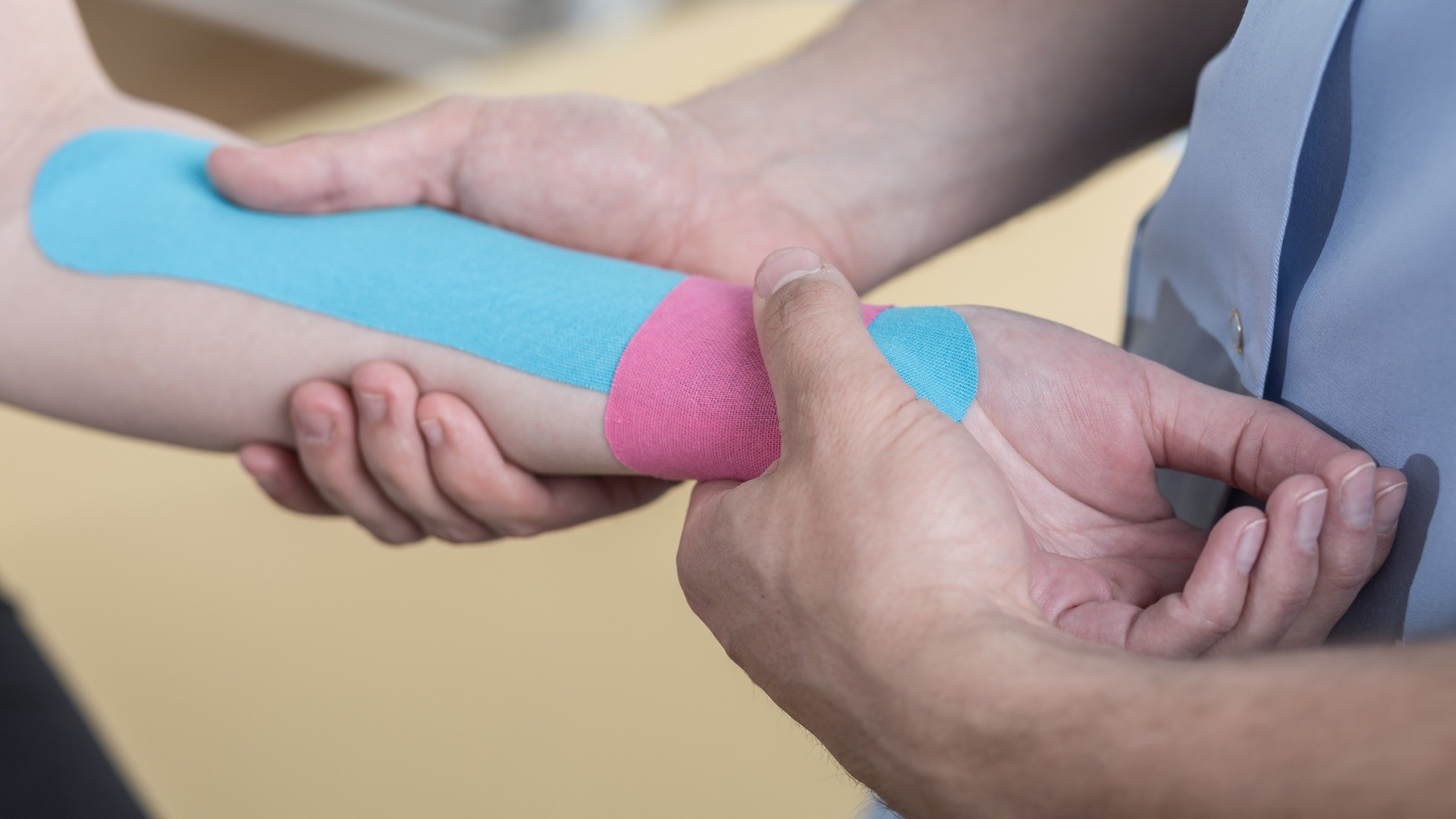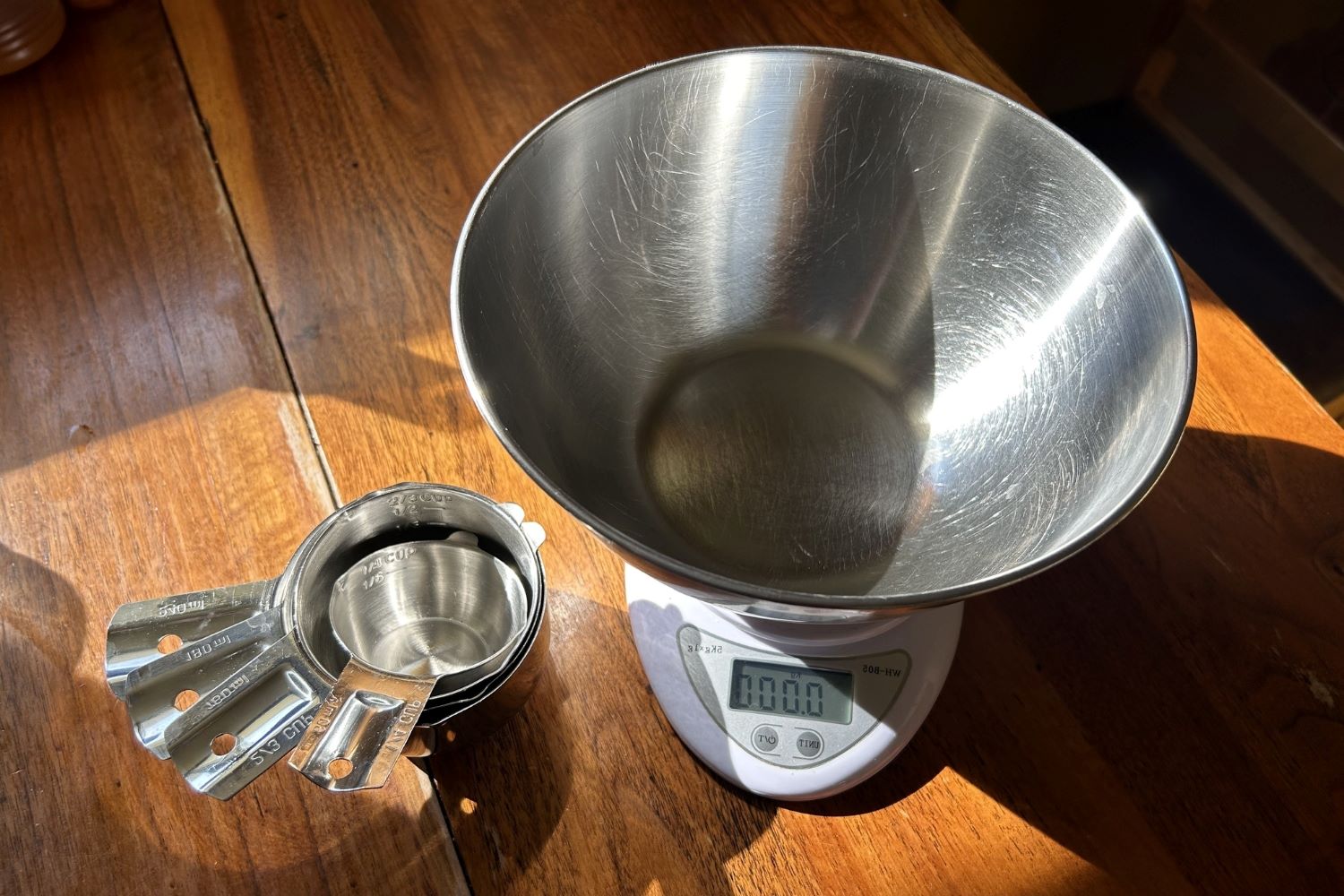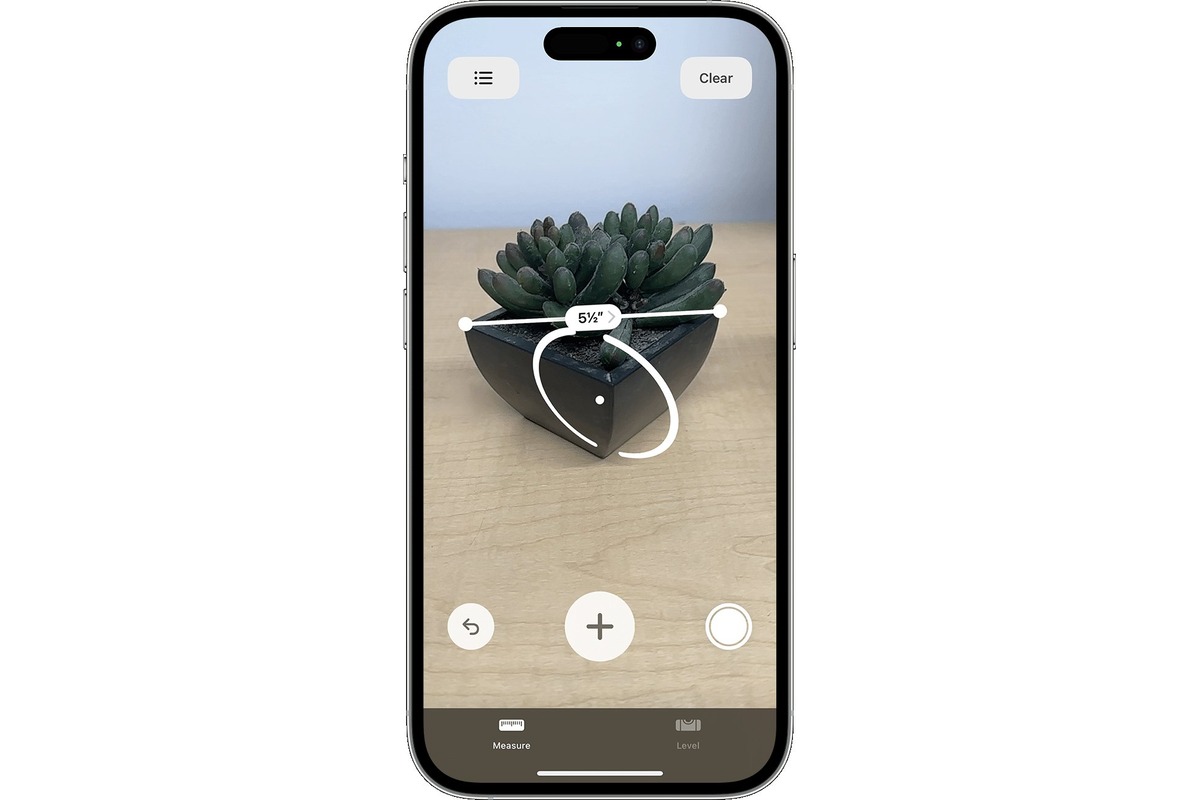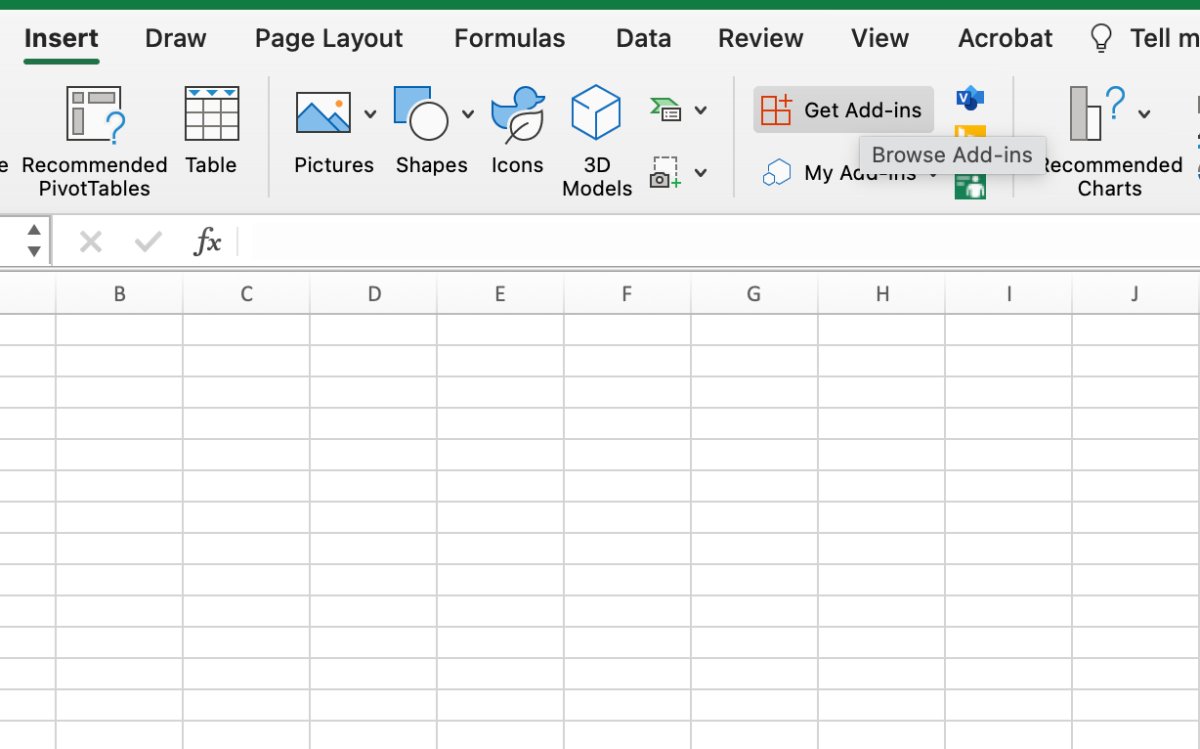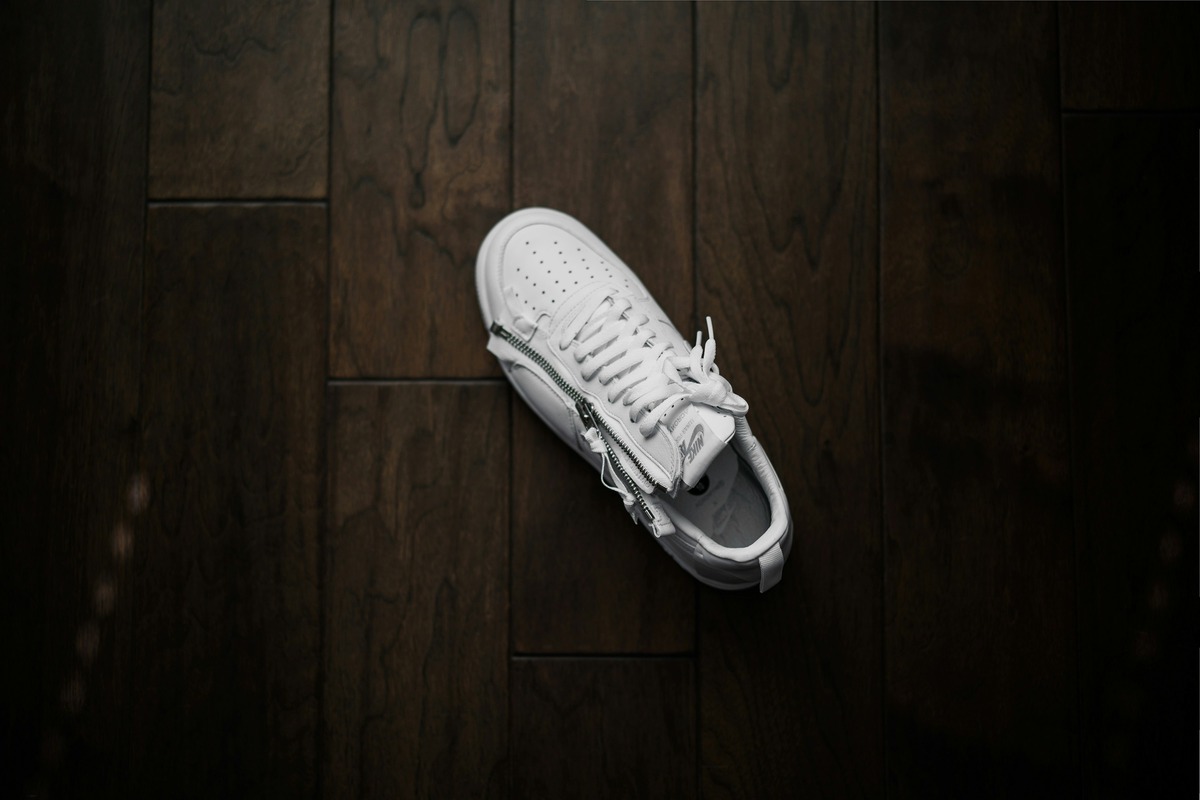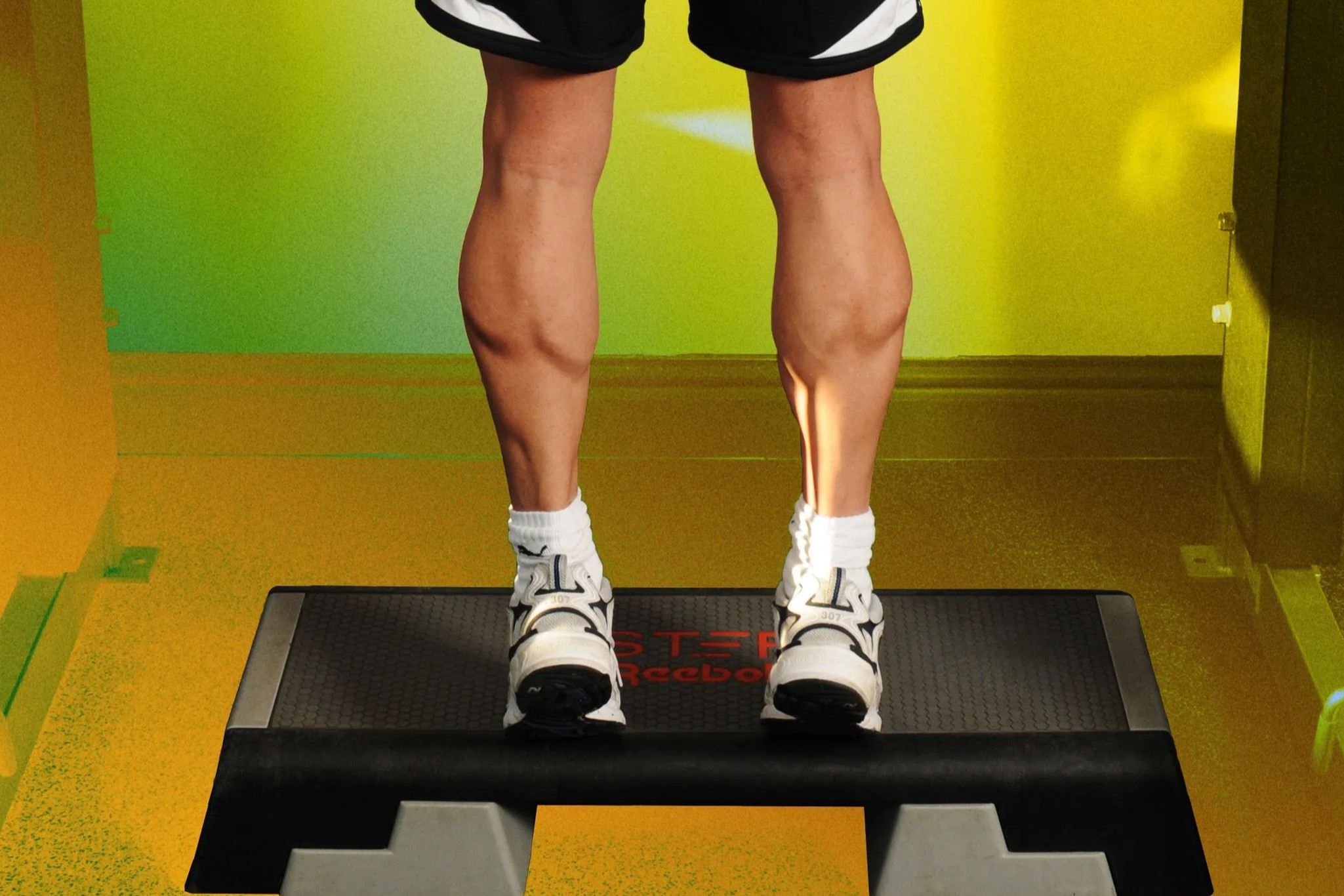Home>Health and Wellness>How To Measure Wrist Size
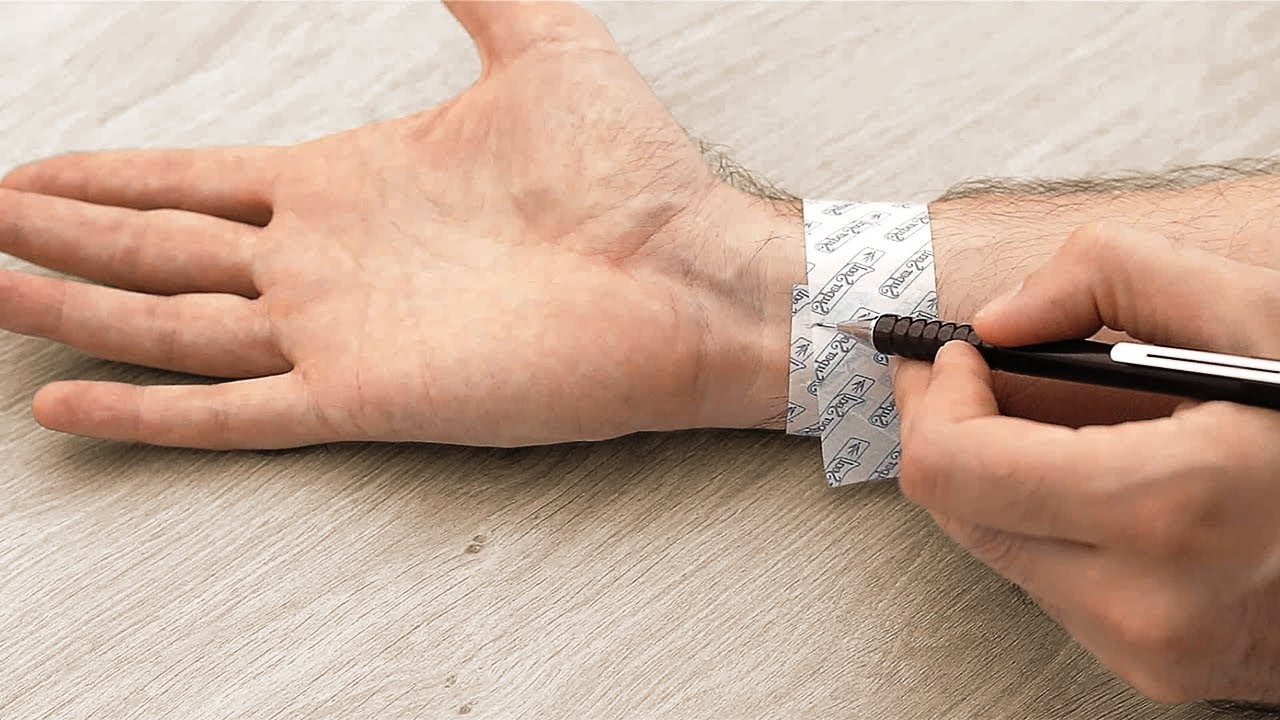

Health and Wellness
How To Measure Wrist Size
Published: March 3, 2024
Learn how to measure wrist size for optimal health and wellness. Discover the importance of accurate wrist measurements for a perfect fit.
(Many of the links in this article redirect to a specific reviewed product. Your purchase of these products through affiliate links helps to generate commission for Noodls.com, at no extra cost. Learn more)
Table of Contents
Introduction
When it comes to health and fitness, we often focus on measuring body weight, body mass index, and waist circumference. However, one often overlooked yet crucial measurement is wrist size. The wrist, although small in comparison to other body parts, can provide valuable insights into an individual's overall health and well-being.
Understanding how to measure wrist size is not only important for selecting the right accessories, such as watches and bracelets, but it also has implications for assessing bone density, determining frame size, and even predicting certain health risks. Whether you are a fitness enthusiast, a healthcare professional, or simply someone curious about their body, learning how to measure wrist size accurately can be a valuable skill.
In this article, we will delve into the significance of wrist size, the tools needed for measuring it, and the step-by-step process for obtaining an accurate measurement. Additionally, we will explore the implications of wrist size in relation to health and fitness, and provide tips for finding the right fit when it comes to wrist accessories. By the end of this article, you will have a comprehensive understanding of why wrist size matters and how to measure it effectively.
Read more: How To Measure Chest Size
Why Wrist Size Matters
Wrist size may seem inconsequential compared to other body measurements, but its significance extends far beyond aesthetics. The circumference of the wrist can provide valuable insights into various aspects of an individual's health and well-being. Here's why wrist size matters:
1. Bone Density and Strength
The wrist is composed of a complex network of bones, including the radius and ulna. Measuring wrist size can offer clues about bone density and strength. Research has shown that individuals with smaller wrist circumferences may have lower bone density, potentially indicating an increased risk of osteoporosis and fractures. Conversely, a larger wrist size may suggest greater bone density and resilience.
2. Frame Size and Body Composition
Wrist size is often used to determine an individual's frame size, which can influence assessments of body composition and overall health. By measuring the wrist circumference, healthcare professionals and fitness experts can categorize individuals as having a small, medium, or large frame. This classification plays a role in evaluating ideal body weight, assessing muscle mass, and tailoring fitness and nutrition recommendations.
3. Health Risks and Disease Prevention
Studies have suggested a correlation between wrist size and certain health risks. For instance, a smaller wrist circumference has been associated with an increased likelihood of developing cardiovascular conditions such as heart disease and stroke. Additionally, wrist size may be a factor in assessing the risk of metabolic disorders such as diabetes. Understanding these associations can prompt proactive measures for disease prevention and early intervention.
4. Wrist Accessories and Comfort
Beyond its implications for health, wrist size also influences the selection of accessories such as watches, bracelets, and wristbands. A proper understanding of wrist size ensures a comfortable and secure fit for these accessories, preventing discomfort and potential circulation issues. By measuring the wrist accurately, individuals can make informed choices when it comes to accessorizing their wrists.
In summary, wrist size matters due to its connections to bone density, frame size, health risks, and everyday comfort. By recognizing the significance of this often overlooked measurement, individuals can gain valuable insights into their health and make informed decisions regarding fitness, preventive care, and personal style.
Tools Needed for Measuring Wrist Size
Accurately measuring wrist size requires the use of simple yet essential tools. These tools are readily available and easy to use, making the process of obtaining an accurate wrist measurement straightforward and accessible. Here are the tools needed for measuring wrist size:
-
Flexible Measuring Tape: A flexible measuring tape is the primary tool for measuring wrist circumference. It is essential to use a soft, non-stretchable measuring tape to ensure precise measurements. The flexibility of the tape allows it to conform to the contours of the wrist, providing an accurate reading without causing discomfort.
-
Mirror or Assistance: While not a physical tool, having access to a mirror or enlisting the help of a friend or family member can greatly assist in obtaining an accurate measurement. A mirror allows individuals to position the measuring tape properly and ensure that it is snug around the wrist. Alternatively, having someone assist in taking the measurement can help maintain proper positioning and prevent errors.
-
Marker or Piece of String: In some cases, using a marker or a piece of string can aid in marking the measurement on the wrist. This can be particularly helpful when taking the measurement alone, as it allows individuals to mark the point where the measuring tape meets the wrist, ensuring an accurate reading without the need to hold the tape in place.
These tools, when used in combination, facilitate the precise measurement of wrist size. The flexibility of the measuring tape, coupled with the assistance of a mirror or another person, ensures that the measurement is taken correctly, providing valuable data for various health and style considerations.
By utilizing these simple tools, individuals can confidently measure their wrist size, gaining insights that extend beyond selecting the right accessories to understanding important aspects of their bone density, frame size, and potential health risks. With the right tools and a clear understanding of the measurement process, obtaining an accurate wrist size becomes an accessible and empowering endeavor.
How to Measure Wrist Size
Measuring wrist size accurately is a straightforward process that requires attention to detail and the use of the right tools. Follow these steps to obtain an accurate measurement of your wrist circumference:
-
Prepare the Measuring Tape: Begin by ensuring that the flexible measuring tape is easily accessible. If using a traditional measuring tape, unroll it and lay it flat on a surface, ensuring that it is free of any kinks or twists. If using a digital measuring tape, ensure that it is properly calibrated and ready for use.
-
Positioning: Position your wrist in a comfortable and relaxed manner. It is important to keep the wrist in a neutral position, neither flexed nor extended, to obtain an accurate measurement. Avoid tensing the muscles or pulling the tape too tightly around the wrist, as this can result in an inaccurate reading.
-
Wrap the Measuring Tape: Gently wrap the measuring tape around the widest part of your wrist. This is typically just below the wrist bone, where the wrist meets the hand. Ensure that the tape is snug against the skin without being too tight or too loose. It should fit comfortably around the wrist without causing any indentations.
-
Read the Measurement: Once the measuring tape is securely wrapped around the wrist, take note of the measurement at the point where the tape meets itself. Ensure that the tape is parallel to the ground and that the reading is taken at the fullest part of the wrist. If using a digital measuring tape, the measurement will be displayed clearly on the screen.
-
Repeat for Accuracy: For added precision, it is recommended to take multiple measurements and calculate the average. This helps account for any variations due to positioning or slight fluctuations in wrist size. By taking multiple measurements and averaging the results, you can obtain a more reliable representation of your wrist size.
-
Record the Measurement: Once you have obtained an accurate measurement, record the value in both inches and centimeters for future reference. This recorded measurement can be used for selecting appropriately sized accessories and can also provide valuable data for healthcare assessments and fitness evaluations.
By following these simple steps, individuals can confidently measure their wrist size, gaining valuable insights into their bone density, frame size, and potential health risks. The process is accessible to anyone and serves as a foundational step in understanding the significance of wrist size in relation to overall health and well-being.
Tips for Finding the Right Fit
Finding the right fit for wrist accessories, such as watches and bracelets, is essential for both comfort and style. After measuring your wrist size, it's important to consider the following tips to ensure that the accessories you choose not only fit well but also complement your overall look.
-
Consider Comfort: When selecting a watch or bracelet, prioritize comfort. The accessory should fit snugly around the wrist without being too tight or too loose. A well-fitted accessory enhances comfort and prevents irritation, allowing you to wear it for extended periods without discomfort.
-
Account for Movement: Ensure that the accessory allows for natural movement of the wrist. It should not restrict the range of motion or cause any discomfort during everyday activities. A properly fitted accessory should feel secure without impeding movement.
-
Balance Proportions: Consider the proportions of the accessory in relation to your wrist size. For individuals with smaller wrists, opting for smaller watch faces or narrower bracelets can create a balanced and proportionate look. Similarly, those with larger wrists can explore accessories with broader bands or larger watch faces for a harmonious aesthetic.
-
Personal Style: Your personal style and preferences play a significant role in selecting the right accessories. Whether you prefer sleek and minimalist designs or bold and statement pieces, choose accessories that resonate with your individual style. The right accessory not only fits well but also reflects your personality and enhances your overall look.
-
Adjustable Options: Look for accessories with adjustable features, such as adjustable watch bands or bracelets with multiple sizing options. These adjustable elements provide flexibility, allowing you to achieve a customized fit that suits your wrist size perfectly.
-
Seek Professional Assistance: When in doubt, seek assistance from professionals at jewelry stores or watch retailers. They can offer valuable guidance on selecting accessories that complement your wrist size and provide personalized recommendations based on your preferences.
-
Try Before Purchasing: Whenever possible, try on the accessories before making a purchase. This allows you to assess the fit, comfort, and overall aesthetic appeal. Trying on different options can help you make an informed decision and ensure that the accessory aligns with your wrist size and style preferences.
By considering these tips, individuals can confidently select accessories that not only fit well but also align with their personal style and comfort preferences. The right fit enhances both the aesthetic appeal and practicality of wrist accessories, allowing individuals to showcase their unique style while enjoying optimal comfort and functionality.
Read more: How To Measure A Door
Conclusion
In conclusion, understanding the significance of wrist size and knowing how to measure it accurately can offer valuable insights into various aspects of health, fitness, and personal style. The often overlooked measurement of wrist circumference provides clues about bone density, frame size, and potential health risks, making it a crucial component of overall well-being.
By recognizing the implications of wrist size, individuals can proactively assess their bone health and potential risk factors for conditions such as osteoporosis, cardiovascular diseases, and metabolic disorders. Additionally, the ability to select appropriately sized wrist accessories, such as watches and bracelets, enhances comfort and style, reflecting an individual's unique personality and preferences.
The process of measuring wrist size is accessible to everyone and serves as a foundational step in understanding the significance of this often underestimated measurement. With the right tools and a clear understanding of the measurement process, individuals can confidently obtain accurate wrist measurements, gaining valuable insights that extend beyond selecting the right accessories to understanding important aspects of their bone density, frame size, and potential health risks.
Furthermore, the tips for finding the right fit for wrist accessories provide practical guidance for enhancing comfort, movement, and personal style. By considering these tips, individuals can confidently select accessories that not only fit well but also align with their personal style and comfort preferences, enhancing both the aesthetic appeal and practicality of wrist accessories.
In essence, the knowledge of wrist size and the ability to measure it accurately empower individuals to make informed decisions regarding their health, fitness, and personal style. By integrating the understanding of wrist size into their overall well-being, individuals can take proactive steps towards maintaining bone health, mitigating potential health risks, and expressing their unique style with confidence and comfort.
